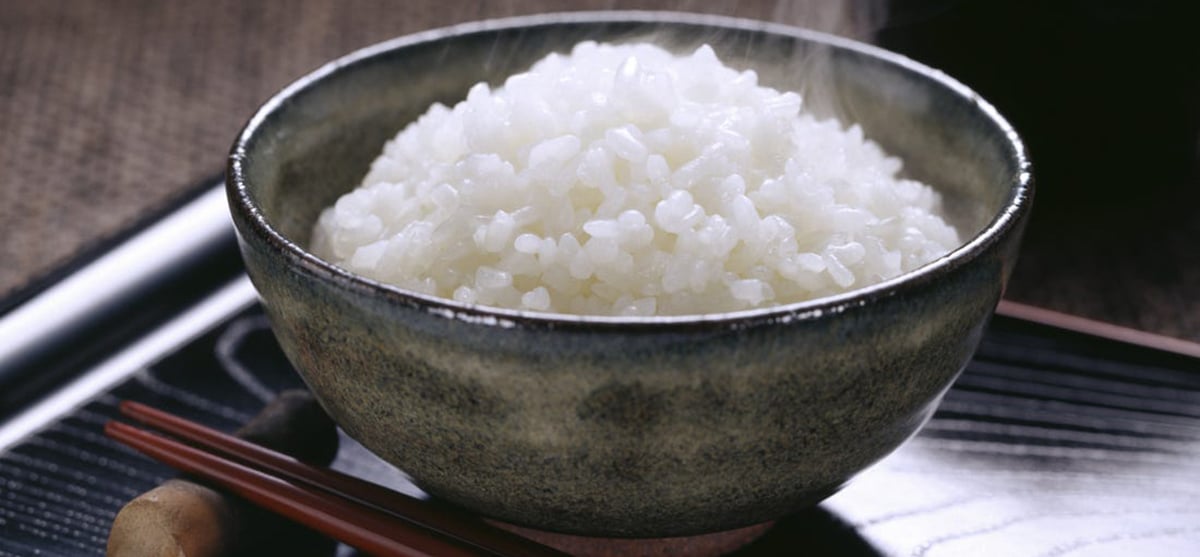
If we think of rice, we think of China. Rice and china they have a millenary and intimate relationship. There is no doubt that it is the basis of food, but does anyone know more about this cereal that seems to be the sovereign food of the world, capable of feeding millions of people?
How is it grown, how much is it produced, how many kilos are consumed per person, how has rice become so great for Chinese culture? All that and more, in our article today.
Origin and characteristics of rice
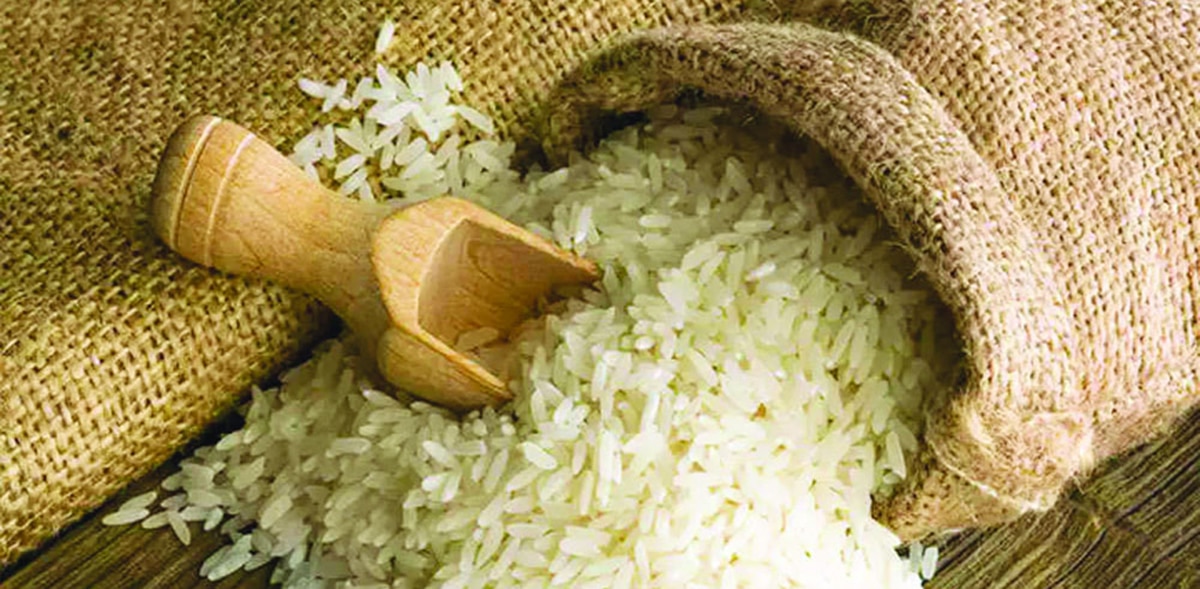
In this cereal, the second most produced cereal in the world after corn. The plant, belonging to the grass family, has fine and fibrous roots, a cylindrical stem with knots and internodes, with alternate sheathing leaves and green to white flowers.
There are many varieties of rice, more than a thousand varieties that are within two large groups or subspecies: the japonica variety that is grown in the tropics and temperate zones, with a lot of starch, and the indica variety that is grown in the tropics.
Then there are short grain, medium grain, long grain, wild, whole grain rice and can also be classified as glutinous, aromatic and pigmented, and in industrial terms, there are parboiled rice and quick rice.
Rice in China
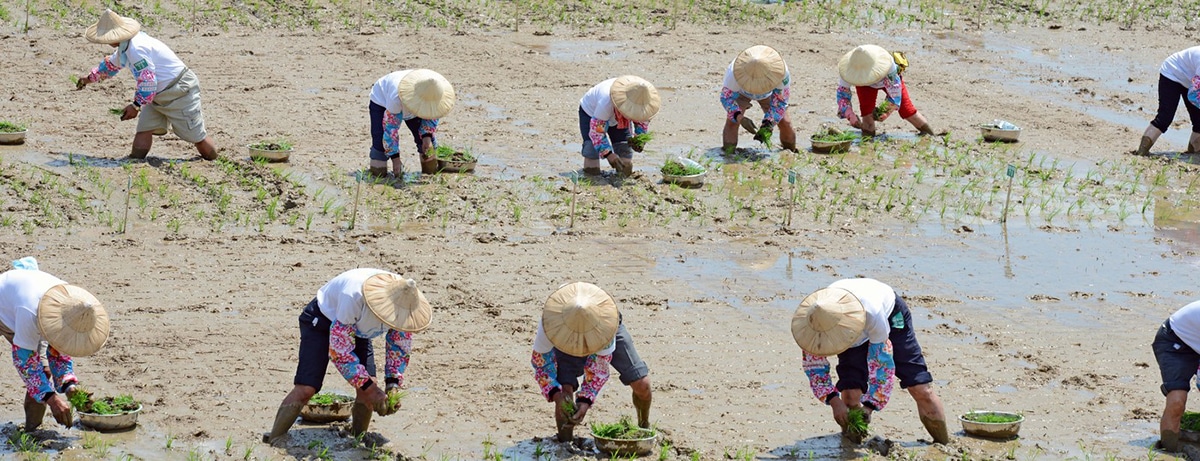
Rice cultivation in China goes back in time, there is talk of some 10 a thousand years perhaps, in the time of the legendary Emperor Shennong. Later, Chinese civilization expanded along the Yangzi River, with the ideal climate for growing rice.
Initially, only the richest could consume rice, but later, in Han dynasty times it became a popular everyday meal. The truth is that the success of rice lies in the fact that in addition to everything it is easy to store and cook, and when combined with another Asian classic, soybeans, it becomes a nutrition staple.
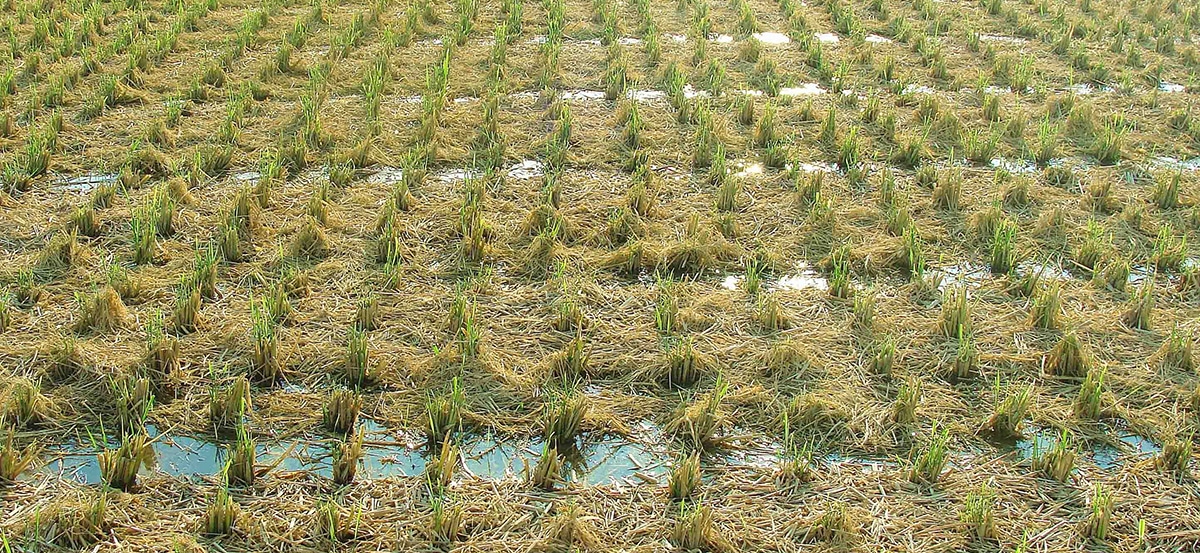
Thus, success or the failure in the cultivation of rice has been and still is the key to the health of the nation. It can all lead to full stomachs or creepy famines and all of this has already been experienced by the Chinese people over time.
So, the technology applied to the cultivation of rice has also been and is important. Especially, one that has to do with the irrigation of the land to maintain the water level in the fields, called rice fields. Rice needs a lot of water to grow and the plant tolerates great growth like this, much more than others. Irrigation is used on 90% of the rice field to make it grow.
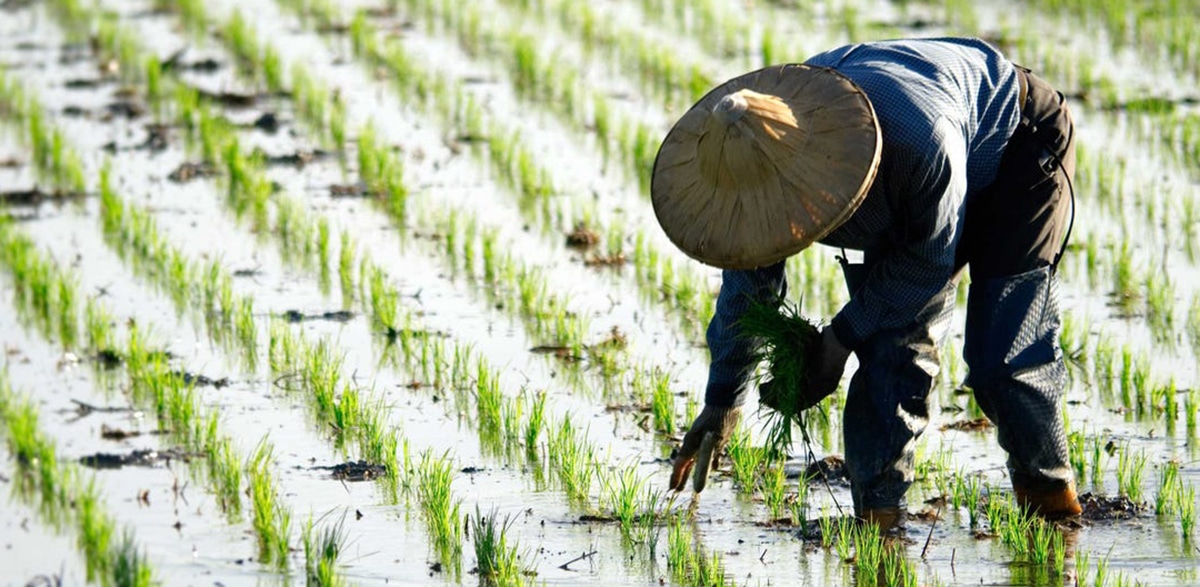
Generally the depth of a rice field is 15 centimeters and the water level has been controlled by foot pumps since Song dynasty times. These rice fields are generally built on terraces, to thus take advantage of the greatest amount of surface. We have seen them in photos and documentaries, beautiful stepped, narrow landscapes with rounded lines that hug the mountains. The ideal way to take advantage of the rain.
Of course, rice cultivation is not unique to China, as it grows everywhere where it can receive water. Yes indeed, 28% of the world's rice is grown in China in millions of hectares of land. The seeds are planted around April and grown in September, and in the south, where it is warm enough, it is grown twice a year, between March and June and between June and November.
Rice cultivation in China
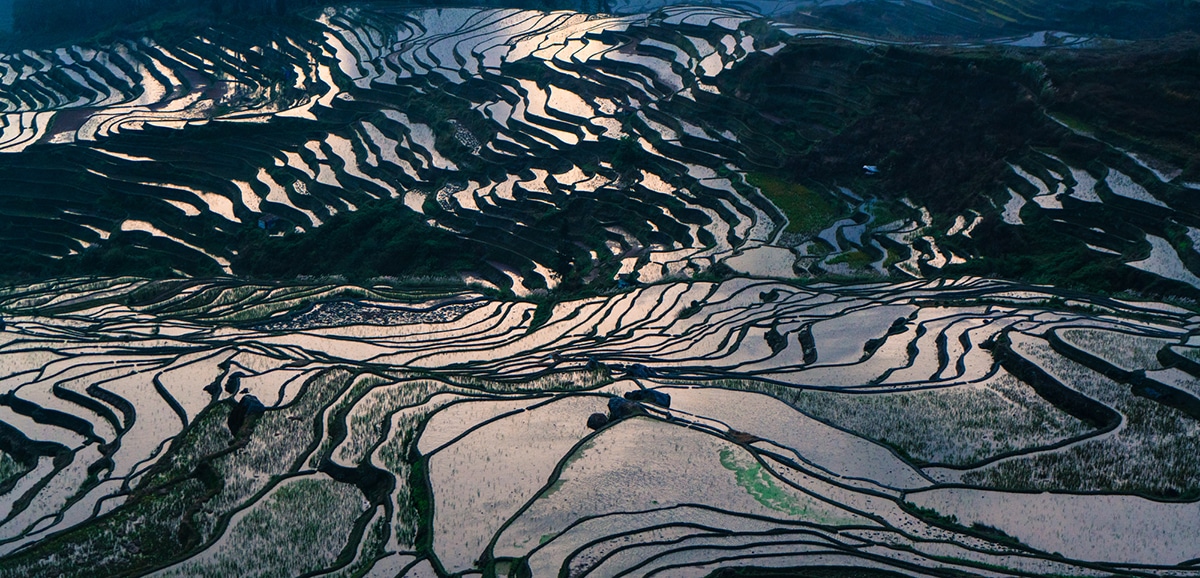
Rice grows from seeds that are kept protected in calm waters. So so after 40 days of being there they are transferred to the rice field. There are parts of China where fish, carp and goldfish are added to these rice fields, so that they eat insects that can stink the crop. Afterwards, rice is grown and fish are also eaten.
La harvest It involves draining the paddy, waiting for the rice to dry, and then cutting it up and putting it into pods. The grain is then separated from the stem and allowed to dry apart. Once dry the leaves are separated from the straw. All this used to be done by hand and it was very hard, but luckily over time they were mechanized although it may be that in certain areas there is still a lot of manual labor.
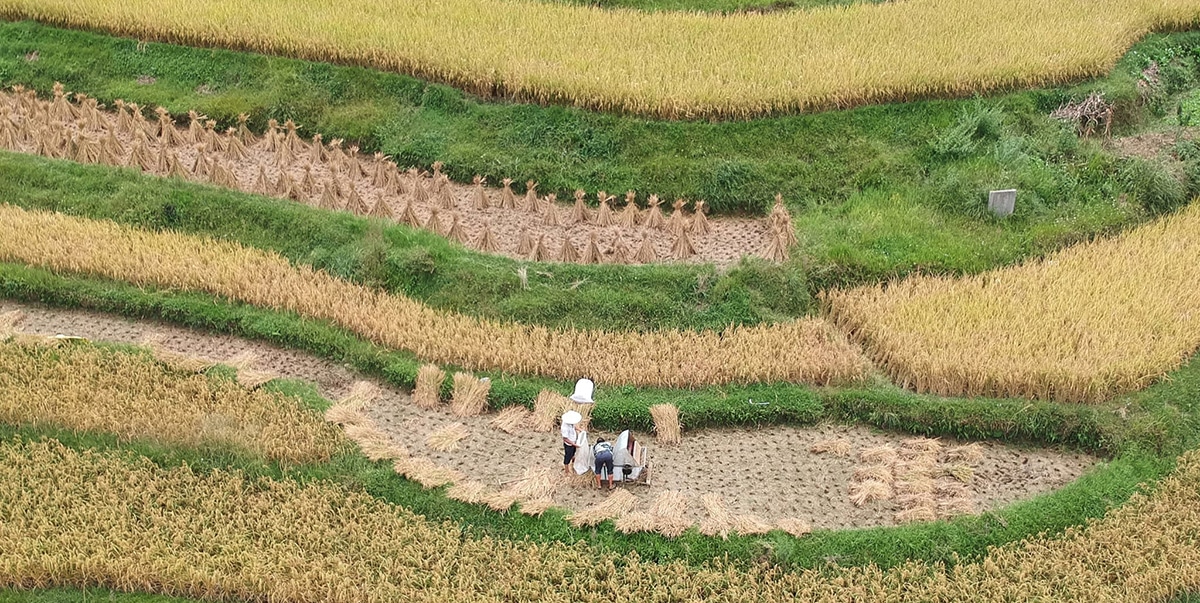
But What are the uses of rice in China? Specifically, glutinous rice grows in the southeast of the country, it is rice that sticks when cooked and that in packages is wrapped in bamboo leaves. Actually, you have to keep in mind that rice is generally a neutral ingredient in Chinese cuisine and that its presence enhances the sweetness or flavor of the other dishes. It serves to fill the belly and soften the other flavors.
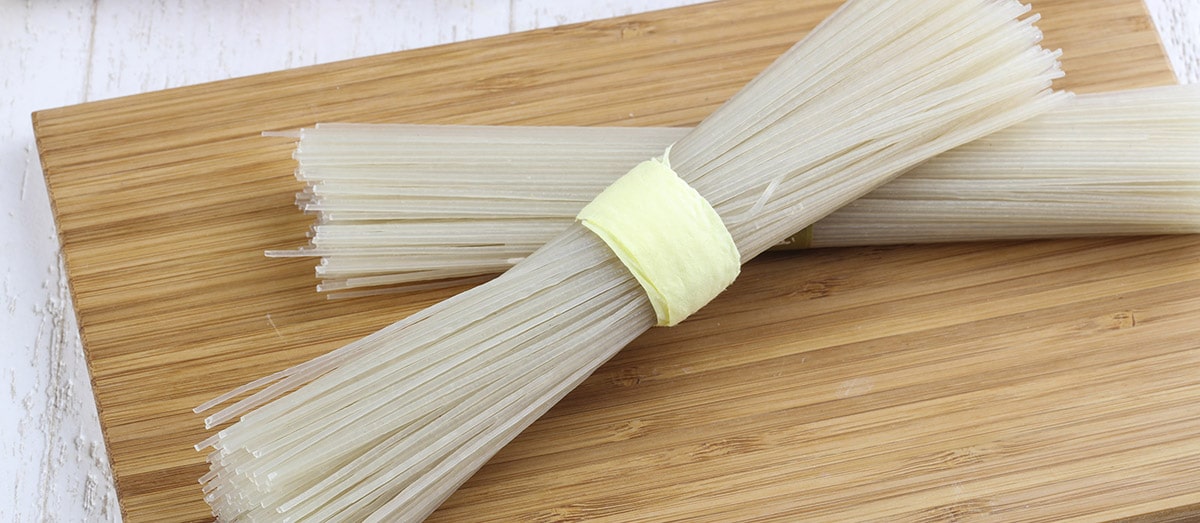
The starch resulting from cooked rice has been used for centuries in the foundations of buildings, as mortar element. Also the leaves of the plant are used to make paper, rice paper, and the ground grains become rice flour to make noodles.
So basically the whole plant takes advantage. Not to mention that fermenting the rice also results wines and spirits several…
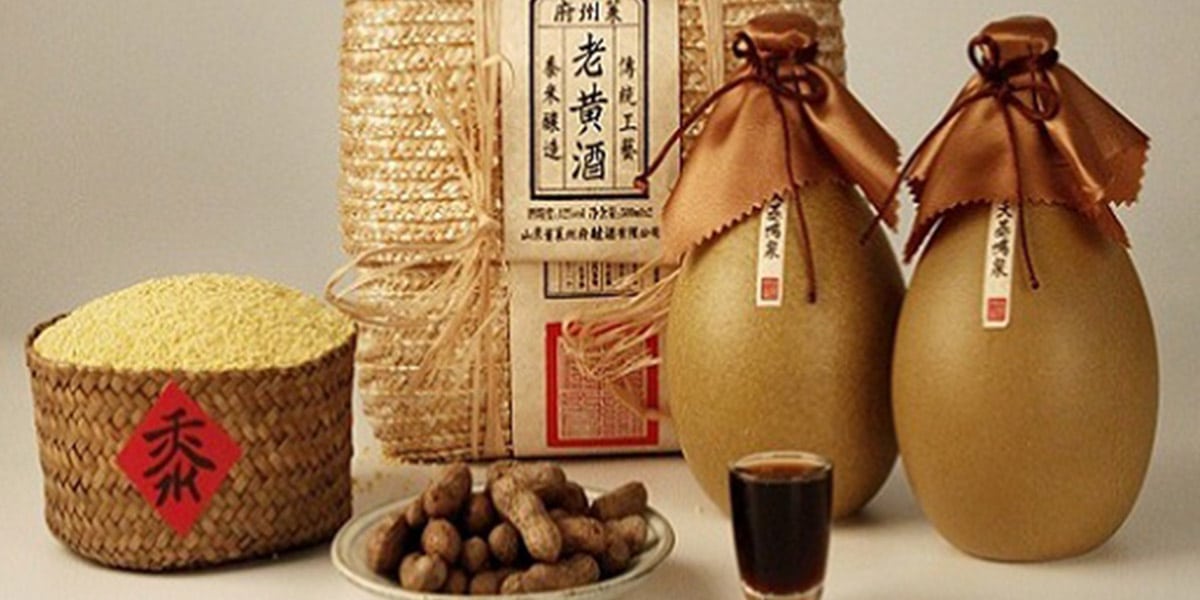
But what about the rice business? The truth is that through time imported rice in China has fallen in price, so farming on poor land has become uncompetitive.
This trend has accelerated because that land is also needed for industry and housing, so that flat arable land is becoming increasingly scarce and smaller. At the peak of rice cultivation, in the mid-70s, rice was harvested on 37 million hectares, to go to 31 in the 90s and about 30 million ten years ago.
While it is true that rice is the basic ingredient in Chinese cuisine, in some parts of the country wheat is more important, in the north, for example. And although rice is in the national diet, it is true that its importance has been decreasing in the last fifteen years. Official data shows that per capita rice consumption has dropped from 78 kilos per year in 1995 to 76.5 in 2009.
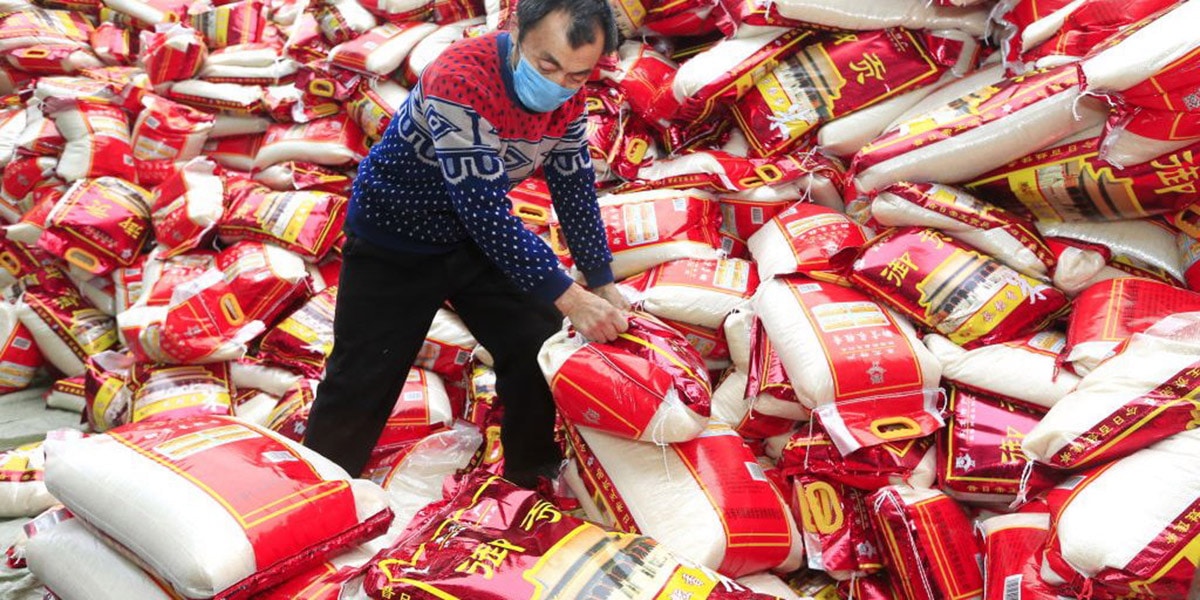
Neighbors like Burma, Vietnam, Cambodia or Thailand also produce rice and sell to China, so China is not only a huge producer but a huge buyer. And it will be even more so in the future. It imports and exports, although the rice exported by China is of medium to low quality. Since 2004 the government has subsidized and removed taxes on agriculture.
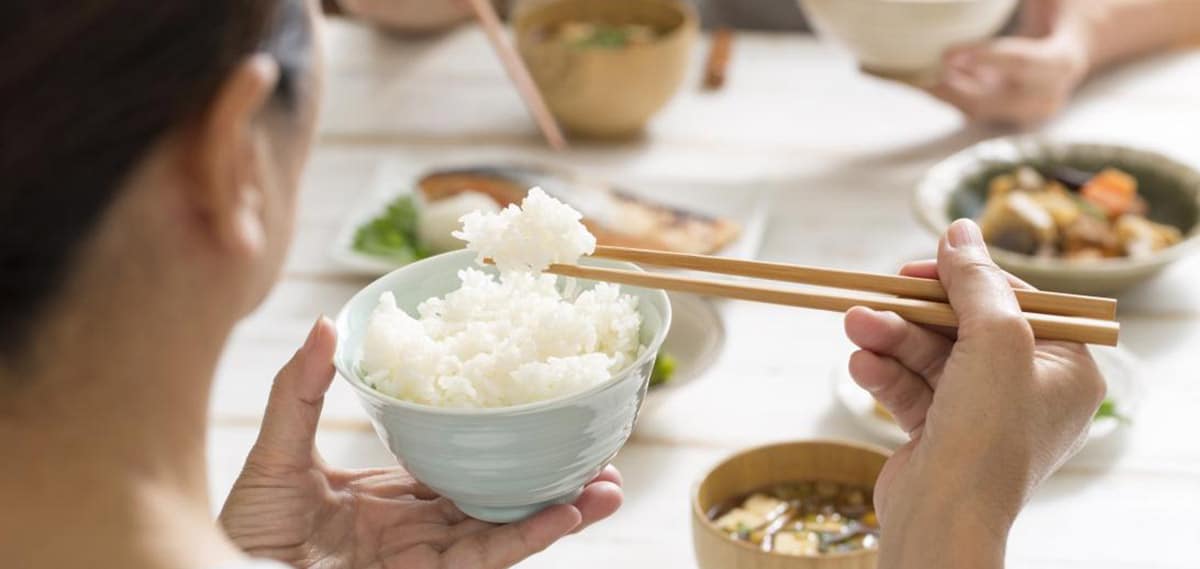
China is a giant and as such, with a population that grows year by year around 13 million, it will need to produce at least 20% more rice by 2030. Only in this way will it be able to satisfy internal rice consumption needs per capita.
It will not be easy, there is less arable land, there is a shortage of water, there is climate change, there is a lack of labor, a rise in demand for the consumption of high quality rice, to the detriment of other varieties ... and of course, problems such as the genetic narrowness of the grain, over fertilization, over use of pesticides, the age of irrigation structures that have been sometimes maintained but not always updated, etc.
That is the history of rice in China.
It's cool